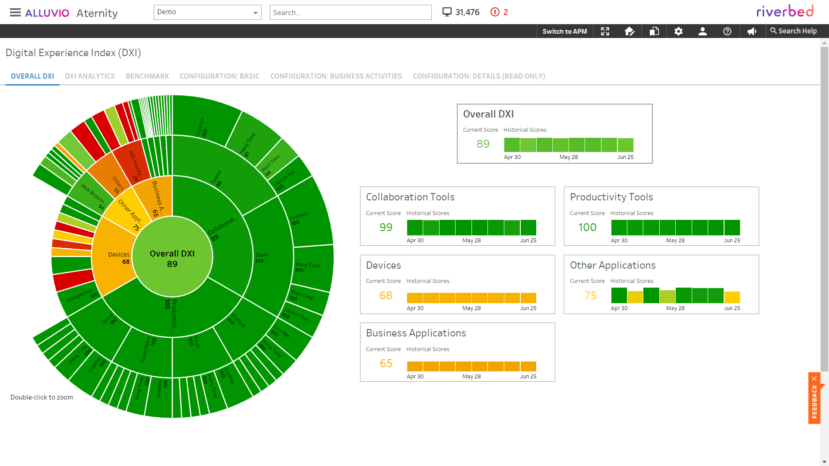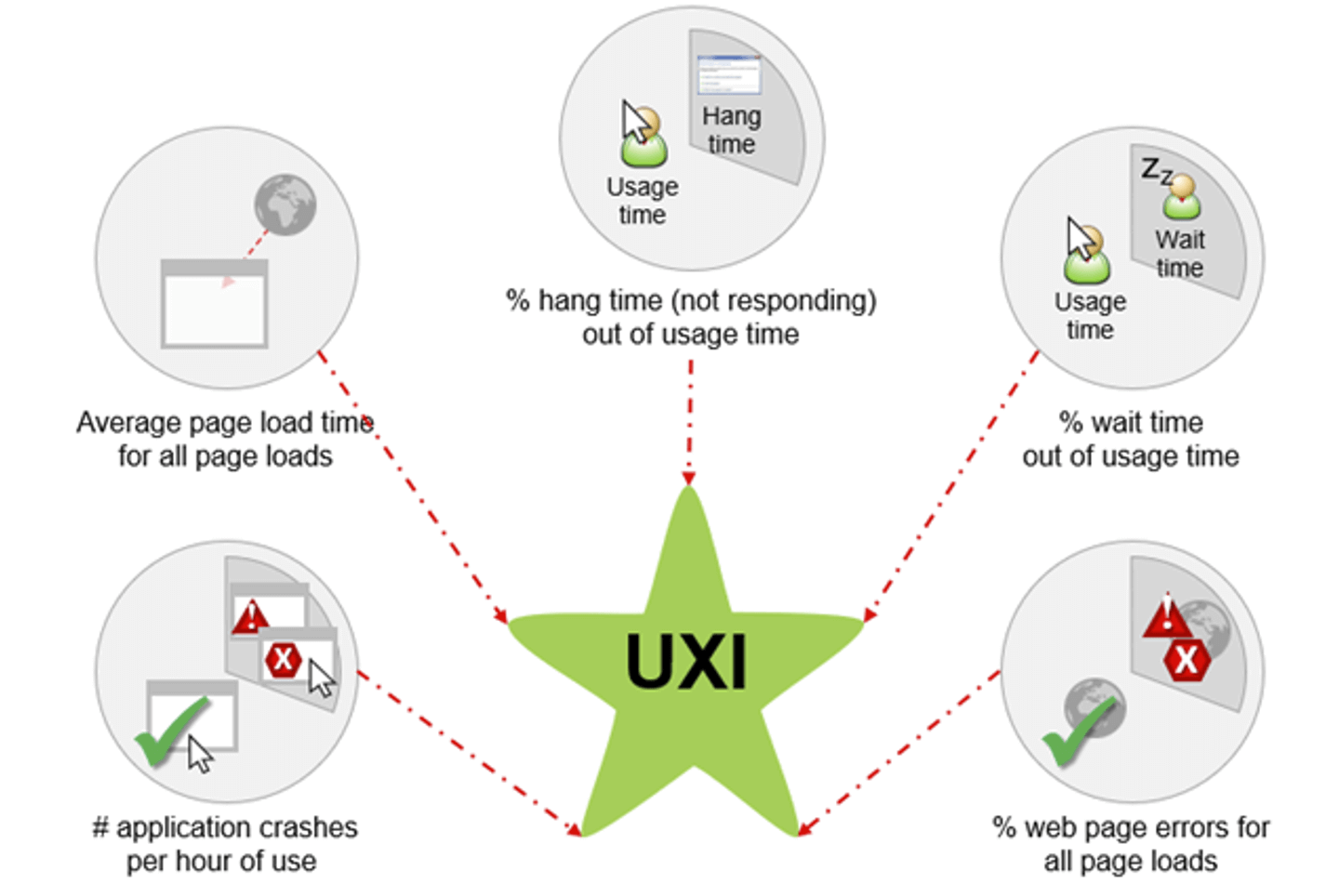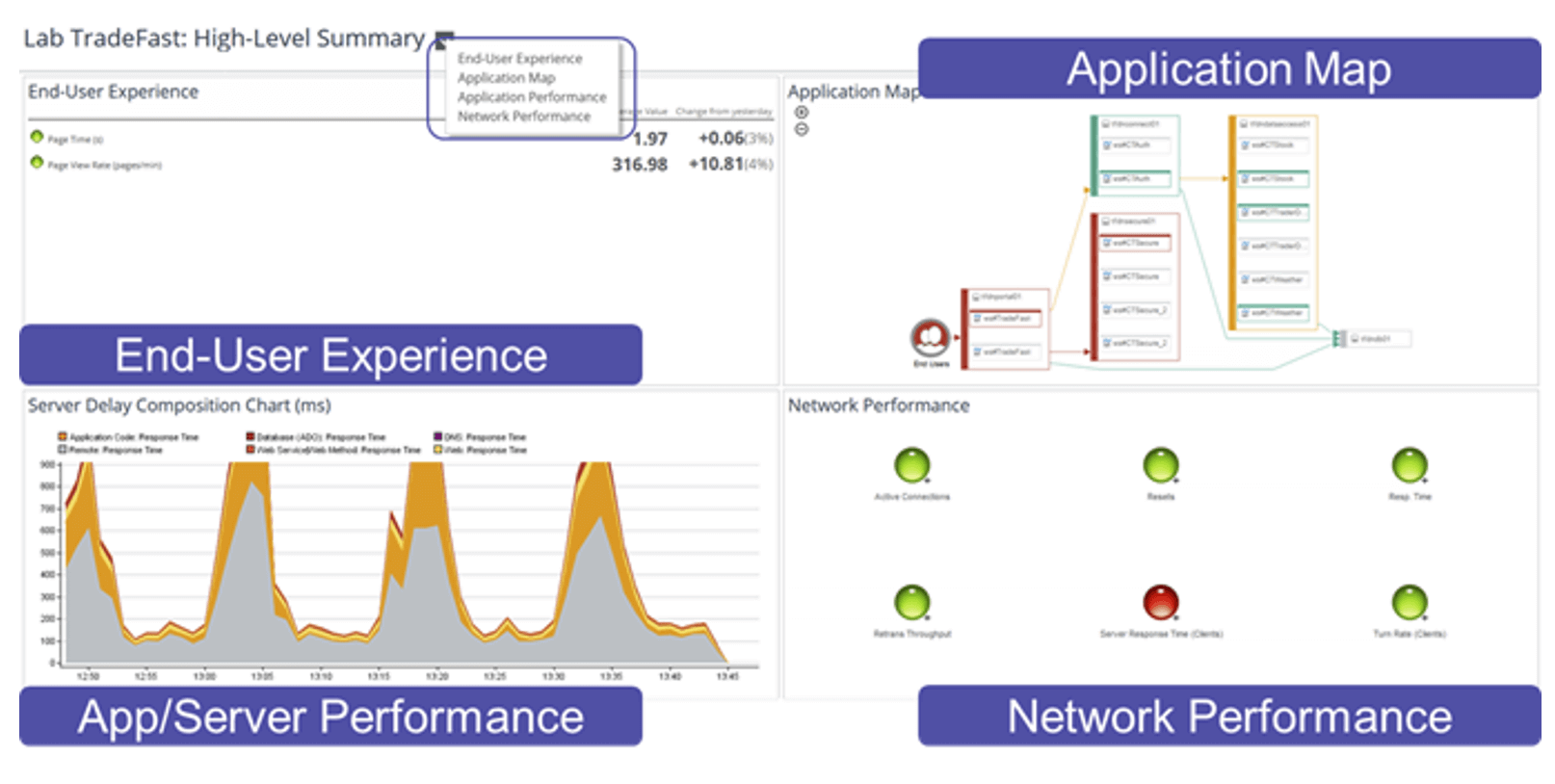Digital transformation is not just about implementing new technology. True digital transformation involves a complete overhaul of an organization, including enhancing operations, creating collaboration opportunities, expanding service offerings and revolutionizing the approach to user experience. By embracing true digital transformation, businesses can improve their efficiency and competitiveness in the marketplace.
In today’s digital age, digital transformation (DX) is essential for businesses to remain competitive and sustainable. However, many organizations need to remember that the success of their DX initiatives depends on the experience of their employees. If employees struggle with user experience (UX) issues, the organization’s transformation efforts are bound to fail.
In this blog, we will explore three reasons why a solid UX is crucial for any DX initiative to succeed.
The path to digital transformation
To start developing your digital transformation strategy, assess your company’s current state by identifying the processes, technologies, and business models currently in use. From there, you can identify areas that need improvement and define your goals while identifying your target audience. Mapping out user journeys and all touchpoints is also crucial. Evaluating the technology landscape and noting any gaps or inefficiencies is key.
Next, it is important to create a digital transformation team responsible for driving change and transformation across the company. This team should be cross-functional and develop a roadmap for implementing changes. It is essential they continuously monitor and improve the digital transformation process as it unfolds, paying special attention to these three areas of the digital transformation strategy:
- Productivity: Productivity is significantly impacted when employees struggle with poor UX. Today’s workforce uses more applications, systems, and tools than ever before, and adding layers of new tools and workflows can further complicate matters. It is important to determine what will work within legacy systems and to keep out the things that won’t.
- Employee Experience: Operational excellence is directly affected by poor UX. As employee turnover and recruitment goals increase, an intuitive UX is key for existing and new employees to handle the IT overhaul. In today’s remote and hybrid work environments, a streamlined UX can help ease the transition and eliminate organizational silos. This allows employees to collaborate and fill institutional gaps necessary for operational excellence.
- Security: Security is significantly impacted by poor UX. A strong UX makes it easier for people to follow security measures, as it is not practical to expect employees to follow best practices if they get in the way of their daily responsibilities. Security should be baked into all systems from the start, and automation can help ensure that access is granted only for the duration of the employee’s employment. Automation can also help organizations identify abnormal behavior and spot potential problems before they escalate.
Managing change made easy
Managing change is a critical component of successful digital transformation, and a vital part of this is ensuring a positive employee experience. Here are some additional strategies for improving change management and employee experience:
- Develop a change management plan: Create a detailed plan for managing the changes that come with digital transformation. This should include a timeline, a list of key stakeholders, and a communication strategy to keep employees informed and engaged throughout the process.
- Provide training and support: Make sure your employees have the resources they need to succeed in their new roles. This might include training on new technologies and processes and ongoing support to answer questions and troubleshoot issues.
- Foster a culture of collaboration: Encourage collaboration and open communication among teams to build a sense of community and ensure everyone feels included in the process. This can reduce resistance to change and increase overall employee engagement.
- Collect feedback and make adjustments: Monitor the progress of your digital transformation and collect feedback from employees to identify areas where improvements can be made. Use this feedback to make adjustments and refine your change management plan.
- Recognize and reward success: Celebrate successes and recognize employees who have gone above and beyond to support the digital transformation initiative. This can help build momentum and foster a positive employee experience.
Ultimately, a successful digital transformation requires a holistic approach that considers both the technological and human aspects of the process. By focusing on improving change management and employee experience, organizations can create a culture that supports ongoing innovation and growth.
Quantify cost savings with Riverbed Aternity DXI
The Riverbed Aternity’s Digital Experience Index (DXI) is a metric used to measure the overall digital experience of end-users, such as employees, customers, and partners, who interact with an organization’s digital services and applications. The DXI provides a single score that represents the overall satisfaction of end users with their digital experience and breaks it down across five main categories, namely:
- Critical Business Applications
- Collaboration Tools
- Devices
- Productivity Tools
- Other Applications

By leveraging DXI, organizations can quickly identify areas where end users are experiencing issues or frustrations with digital services and applications, therefore taking steps to improve their digital experience. This can ultimately lead to increased productivity, improved customer satisfaction and better business outcomes, all of which has a direct, positive impact on cost savings. Check out this video to see how DXI helps companies along their digital transformation journey.
Besides overall DXI, another key metric that Riverbed Aternity measures is User Experience Index (UXI). UXI provides real-time insights into the digital experience of the company’s end users. It tracks and measures various metrics, such as application page load time, hang and wait time, as well as crashes and errors, to provide a holistic view of the user experience. Based on UXI, companies can quickly visualize and identify areas of improvement in their digital offerings and take proactive measures to optimize the user experience. This can result in quantifiable cost savings, as improvement in user experience can reduce the amount of time and resources required to address the issues and improve productivity.

Additionally, by measuring and monitoring the impact of user experience changes, companies can identify the most effective strategies to reduce IT spending. These strategies include going beyond the age of the devices to analyze which devices are no longer delivering an adequate user experience and selectively refreshing those devices, identifying and eliminating under-used software licenses and streamlining cloud network bandwidth cost while optimizing performance.
Realize productivity gains from effective change management
By utilizing Riverbed Aternity’s comprehensive monitoring and analytics capabilities, companies can identify and measure the impact of changes on employee productivity in real-time, as well as before and after the change. This enables companies to make informed decisions about the timing, scope and impact of changes, minimizing disruption and ensuring the successful adoption of new processes. Aternity can also help companies proactively identify and mitigate potential issues before they impact productivity, reducing the risk of unexpected downtime and delays. By leveraging Aternity’s advanced reporting and analytics features, companies can easily track and measure the results of their change management initiatives, identifying areas for improvement and optimizing their processes for even more significant productivity gains in the future.
In the below example, let’s look at a real-life use case of an Aternity customer, where productivity improved as user experience improved, as a result of a positive backend application change.

Prior to the change, users complained about latency and hang time while loading a critical business application mainly used to create sales orders and retrieve business reports. As we can see from the Response Time column, there were a lot of pages with higher than 4 seconds response time on average, mostly spent on backend processing, as highlighted in dark blue. Some of the activities recorded had close to 10 seconds response time, which resulted in low activity scores and negatively impacted user experience with the business application.

The backend IT team has since identified the root cause and applied the necessary backend change. This change helped reduce Response Time for all business web application pages to less than two seconds on average. In particular, the “SALES & BOOKING” page’s average response time was only 1.19 seconds, compared to 5.14 seconds before the change. This is a five times reduction in page load time; therefore, user experience while working with the business application has improved drastically. From this example, Aternity has proven to provide invaluable insights for organizations to quantify productivity gains due to effective change management practices.
Achieve end-to-end visibility and foster cross-collaboration with Riverbed Portal
Riverbed Portal provides holistic performance visibility from a broad spectrum of data sources, including end-user experience, application performance and network and infrastructure monitoring. This is achieved via the ability to create a dashboard that visualizes the flow of data from the end user, via the network, to backend infrastructure or even cloud infrastructure. Each stakeholder and interest group may have different applications and key performance indicators that need to be monitored and tracked. This is often the basis of creating IT silos in most companies and organizations.
The critical benefit of a dashboard is to provide the right information to the right people at the right time while serving as the single source of truth that facilitates collaboration across different stakeholders, such as the device team, network team, system team and application team, that eliminates IT silos. Together with dashboards, application maps are used to model and define the systems and software used to support a specific business application and the users accessing that application.
The benefits of application maps are:
- Quickly identify an area of operational issues
- Reducing Mean-Time-To-Identify (MTTI) and eventually Mean-Time-To-Resolution (MTTR)

Read more about Riverbed’s end-to-end visibility workflow in this blog, Demonstrating End-to-End Visibility from the Client to the Cloud.
Riverbed Aternity can provide real-time insights into the user experience of applications running on endpoints such as desktops, laptops and mobile devices, and it can automatically resolve performance issues in real-time, without human intervention. Automated remediation in Riverbed Aternity is possible through monitoring, analysis, event triggering and scripting.
